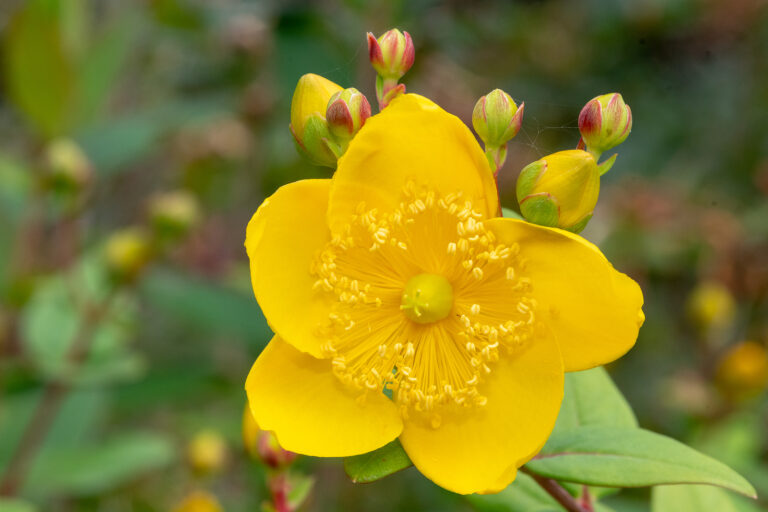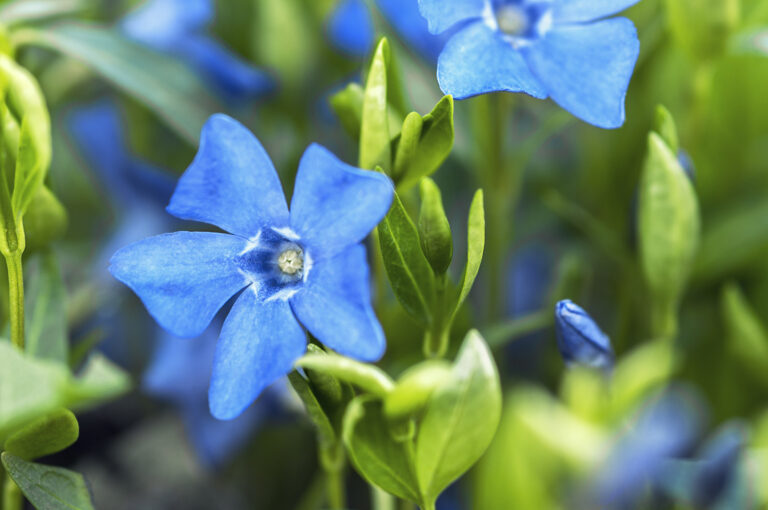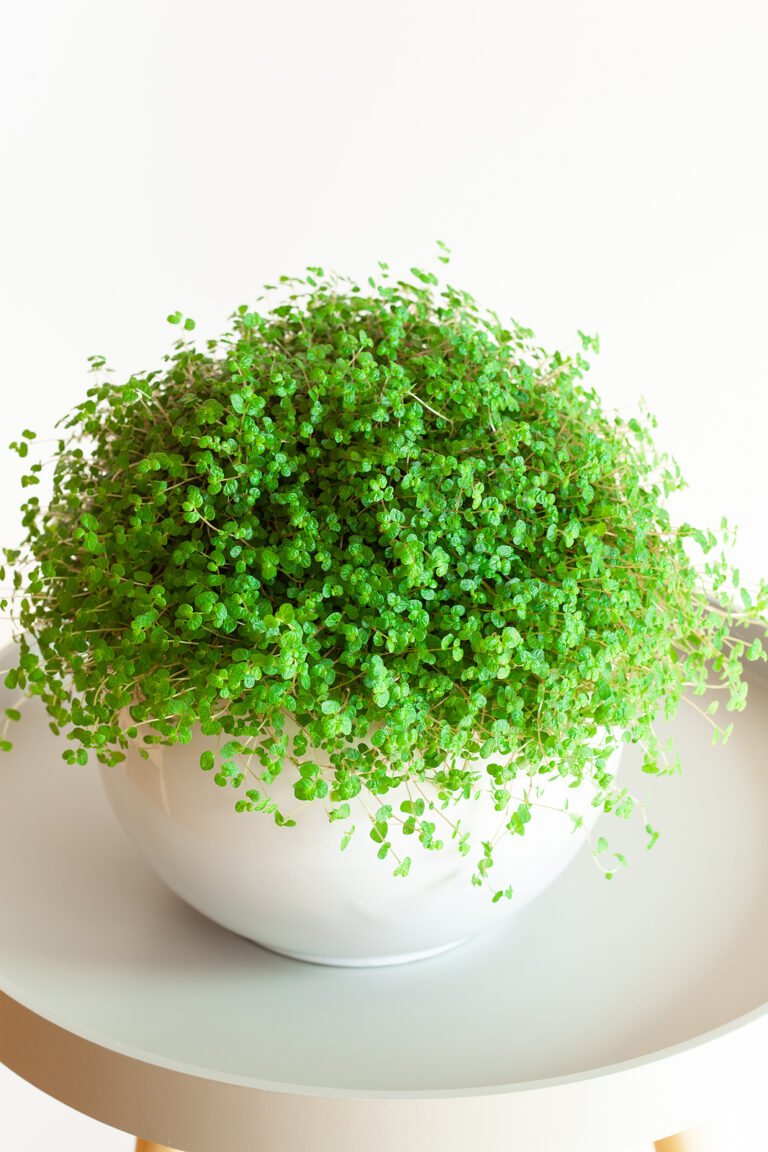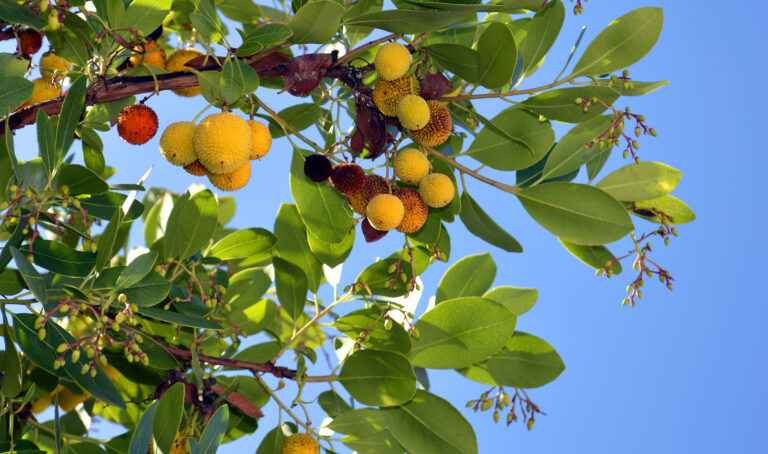How to Grow Sandwort – Arenaria
Arenaria–commonly called sandwort–are low evergreen perennial plants that carpet the ground with dense mats of small leaves and white flowers in spring and summer. Arenaria is a ground cover sometimes used as a lawn substitute or between stepping-stones. Arenaria is sometimes seen forming velvety green patches in rock gardens.
Arenaria grows to just an inch or two tall but has long trailing stems that can cover sunny rocks or tumble over low walls. Arenaria flowers are star-shaped and sometimes grow to an inch across. Arenaria often creates attractive sprays of bloom.
Arenaria prefers gritty, sandy, poor soils and grows nicely alongside rosemary, oregano, and thyme. Planting Arenaria in rich or moist soils will lead to short-lived plants rather than dense growth.
Get to know Arenaria
- Plant type: Perennial ground cover
- Growing zones and range: Zones 4 to 8
- Hardiness: Hardy to Zone 4
- Height and width: 1 to 2 inches (2.5-5cm) tall and 12 inches (30cm) wide
- Foliage: Opposite pairs of small, linear to ovate leaves
- Flowers: Few 5-petaled, usually white flowers
- Bloom time: Late spring and summer
- Uses: Groundcover, mat or cushion-forming
- Common name: Sandwort
- Botanical name: Arenaria
- Family name: Caryophyllaceae
- Origin: Temperate regions of the Northern Hemisphere
Where to plant Arenaria
- Plant Arenaria in full sun in cool summer regions; plant in partial shade in hot climates.
- Arenaria will grow in average to sandy, well-drained soil.

When to Plant Arenaria
- Set container-grown Arenaria in the garden in spring or autumn.
Planting and spacing Arenaria
- Space Arenaria 6 to 12 inches (15-30cm) apart.
How to water and feed Arenaria
- Arenaria grows best with regular water; keep the soil just moist, but not wet.
- Fertilize Arenaria with an all-purose, slow-release, organic fertilizer in spring.
Arenaria care
- Arenaria can be grown as a lawn substitute but does nor require mowing.
Arenaria pests and diseases
- Arenaria is suscpetible to runs and anther smut disease.
Arenaria propagation
- Sow seeds in containers in an open frame in autumn.
- Divide Arenaria in spring.
- Root basal cuttings in summer.
Arenaria varieties to grow
- Arenaria balearica. Corsican sandwort. Mat-forming to 1/2 inch tall with ovate, shiny green leaves 2-4mm across; bears white flowers.
- A. montana. Grows 2 to 4 inches tall with weak stems up to1 foot long, usually covered with soft hairs; leaves are grayish, ½-¾ inch long; white flowers, 1 inch across are profuse in late spring or early summer. This species is most commonly available in nurseries.
- A. purpurascens. Pink sandwort. Mat or cushion forming to 2 inches tall with lance-shaped dark green leaves; bears star-shaped deep pink flowers.







